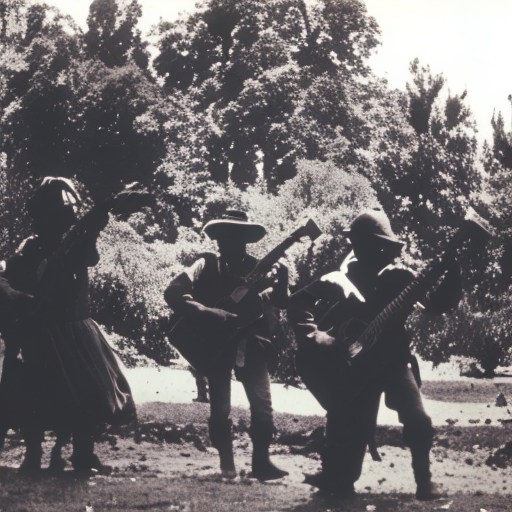The Zapatista Uprising (1994)
The Zapatista uprising, also known as the Zapatista Army of National Liberation (EZLN) uprising, was a major armed rebellion that took place in Mexico on January 1, 1994. The uprising was led by the Zapatista Army, a revolutionary leftist group, primarily composed of indigenous Mayan people from the southern state of Chiapas.
Background: The roots of the Zapatista uprising can be traced back to the historical marginalization and oppression of indigenous communities in Mexico. For centuries, indigenous people had been subjected to land dispossession, poverty, and discrimination. The signing of the North American Free Trade Agreement (NAFTA) in 1992 further exacerbated these issues, as it led to the influx of cheap agricultural products from the United States, undermining the livelihoods of many indigenous farmers.
The Uprising: On January 1, 1994, the day NAFTA went into effect, the Zapatista Army launched a coordinated attack on several towns and cities in Chiapas. The rebels quickly took control of San Cristobal de las Casas, a major city in the region, and declared their opposition to the Mexican government and its neoliberal policies. The leader of the Zapatistas, Subcomandante Marcos, became the public face of the uprising, using the internet and other media to spread their message.
The Zapatista Demands: The Zapatistas demanded land reform, indigenous rights, democracy, and an end to neoliberal economic policies. They called for the recognition of indigenous cultures and the implementation of the San Andres Accords, which would grant autonomy to indigenous communities. The Zapatistas also criticized the Mexican government for its corruption and its failure to address the needs of marginalized communities.
Government Response: The Mexican government, led by President Carlos Salinas de Gortari, initially responded to the uprising with a military offensive. However, international pressure and the Zapatistas’ ability to mobilize support both within Mexico and abroad forced the government to seek a peaceful resolution. In February 1996, the government and the Zapatistas signed the San Andres Accords, which recognized indigenous rights and autonomy. However, the government later watered down the agreement, leading to renewed tensions.
Legacy: The Zapatista uprising had a significant impact on Mexican society and politics. It brought international attention to the struggles of indigenous communities and inspired other social movements around the world. The Zapatistas’ use of the internet and alternative media also highlighted the power of technology in organizing and mobilizing grassroots movements. Despite the challenges and setbacks, the Zapatistas continue to advocate for social justice and indigenous rights in Mexico.
Key Takeaways
- The Zapatista uprising was a major armed rebellion led by the Zapatista Army of National Liberation (EZLN) in Mexico in 1994.
- The uprising was a response to the historical marginalization and oppression of indigenous communities, exacerbated by the signing of NAFTA.
- The Zapatistas demanded land reform, indigenous rights, democracy, and an end to neoliberal economic policies.
- The Mexican government initially responded with a military offensive but later sought a peaceful resolution.
- The Zapatistas’ use of the internet and alternative media brought international attention to their cause and inspired other social movements.
- The legacy of the Zapatista uprising continues to shape discussions on indigenous rights and social justice in Mexico.












